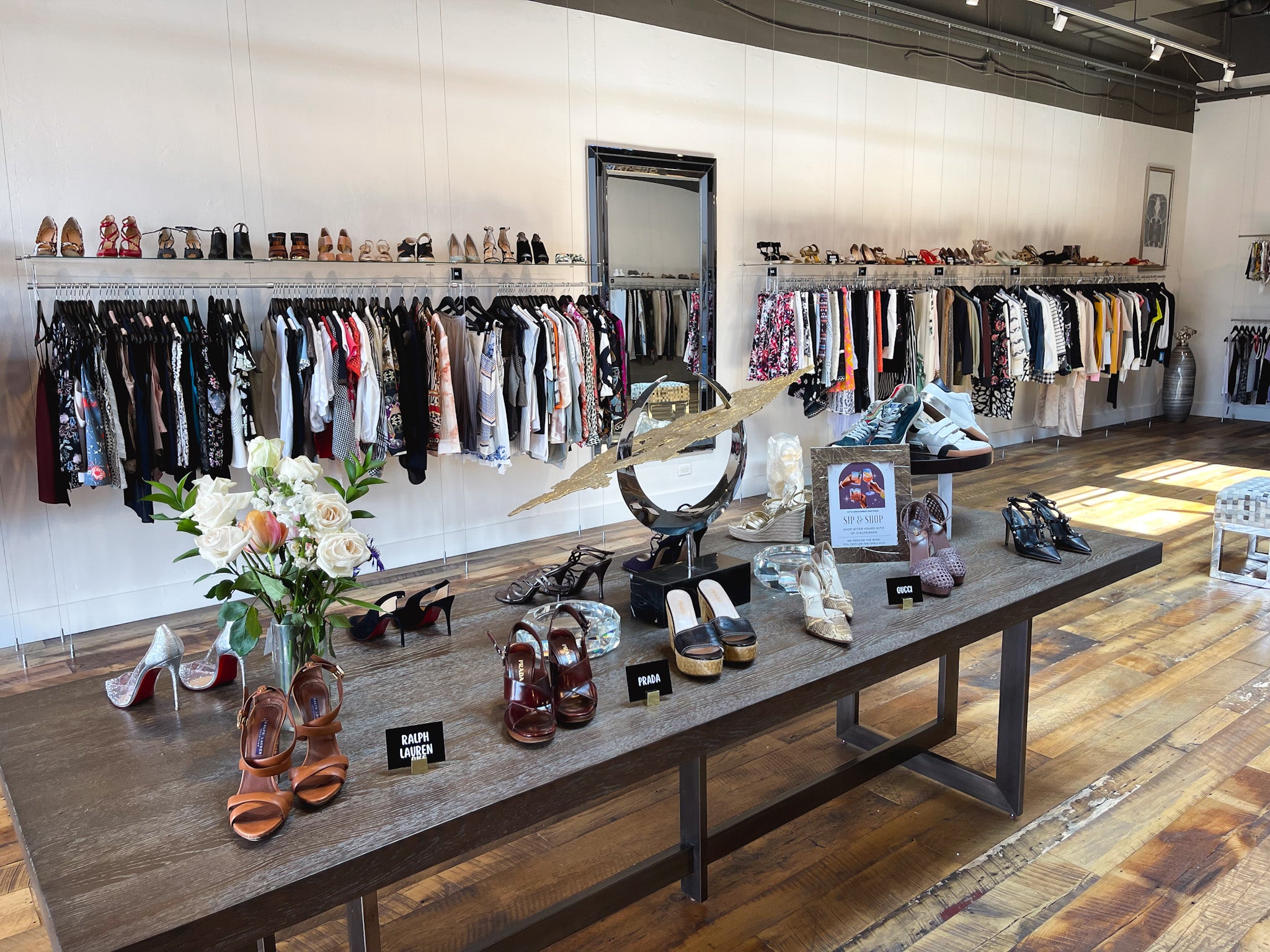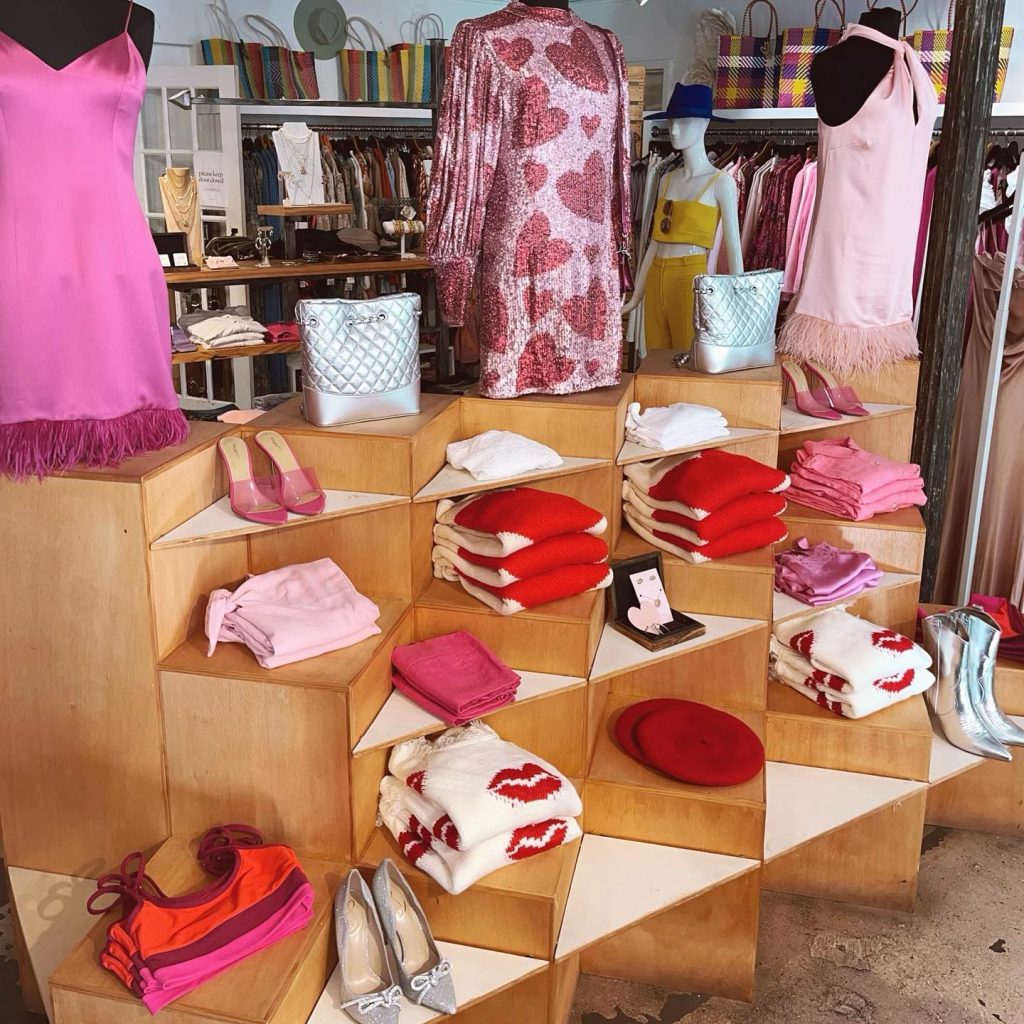Leading 10 Must-Have Item from Your Fave Boutique Fashion Shops
Leading 10 Must-Have Item from Your Fave Boutique Fashion Shops
Blog Article
Exploring the Development and Influence of Clothes on Modern Fashion Trends
The advancement of garments has actually considerably affected contemporary style fads, merging historic precedents with sophisticated advancements. Legendary numbers like Coco Chanel and Yves Saint Laurent transformed the fashion sector by presenting ideas that focus on comfort and access, which proceed to reverberate today.
Historic Fashion Influencers
In the tapestry of fashion history, certain figures have actually left an indelible mark, forming the patterns and designs that specify entire eras. Coco Chanel, an advanced designer, redefined females's fashion by introducing comfy, sophisticated garments that departed from limiting corsets. Her iconic Chanel match and little black gown have come to be ageless staples in wardrobes worldwide. Christian Dior's post-war "New Look" in 1947, with its celebration of feminineness through complete skirts and cinched midsections, noted a return to opulence and has actually continued to affect designers.
Elsa Schiaparelli is an additional critical number, renowned for her avant-garde styles that included surrealist art, collaborating with Salvador Dalí to develop whimsical pieces that tested standard looks. Her cutting-edge use shade and vibrant patterns reverberates in contemporary style. Yves Saint Laurent, meanwhile, equalized haute couture with prêt-à-porter collections, bringing runway designs to the masses and setting a criterion for modern-day ready-to-wear lines.
These visionaries, to name a few, not just revolutionized fashion in their times however additionally established enduring patterns that reverberate in today's apparel industry, offering a foundation whereupon modern-day developers proceed to build and innovate. Their traditions emphasize the relevance of creativity and daring in fashion's ever-evolving narrative.
Technological Improvements in vogue
Among the vibrant landscape of the fashion business, technical advancements stand at the forefront of innovation, reshaping how designers create and consumers engage with style. The assimilation of 3D printing has actually changed layout procedures, making it possible for developers to trying out intricate frameworks and lasting materials that were previously inconceivable. This technology facilitates rapid prototyping, reducing waste and quickening manufacturing times.

Smart fabrics, embedding modern technology into materials, are also transforming the sector. Developments like temperature-regulating and self-cleaning fabrics use enhanced performance and convenience. Wearable technology, integrating attributes like fitness tracking and interaction, includes a new dimension to style, combining visual appeals with functionality.
Social Changes and Design
As technical advancements continue to reshape the fashion business, cultural shifts are equally prominent, redefining style and consumer preferences. Over the last few years, the increase of social networks platforms has sped up the dissemination of worldwide fashion trends, enabling diverse cultural impacts to converge and coexist. This electronic interconnectivity has actually facilitated the rapid exchange of concepts, bring about an extra diverse and comprehensive interpretation of style that mirrors the complex nature of modern-day culture.
Cultural awareness and appreciation have motivated developers to draw inspiration from a broader range of ethnic and historic contexts, integrating traditional concepts with modern aesthetic appeals. This combination has caused style that resonates with a larger target market, advertising a sense of identification and belonging throughout different demographics. In addition, the boosting demand for personalization has actually driven brands to supply adjustable options, enabling customers to express originality while showing their cultural heritage.
Additionally, shifting my latest blog post social values have actually affected style, with inclusivity and diversity becoming main themes. The market has started to embrace designs and influencers of various body kinds, ethnicities, and sex identifications, challenging traditional beauty criteria. This change emphasizes the power of cultural changes fit the future of fashion, as design becomes a much more genuine expression of personal and cumulative identification.
Sustainability and Modern Design
While the fashion business remains to advance, the vital for sustainability has actually become significantly immediate, influencing contemporary layout practices. This shift intends to address honest factors to consider and ecological concerns, causing a reevaluation of typical production methods. Designers are currently incorporating lasting materials, such as organic cotton, recycled polyester, and naturally degradable materials, right into their collections, lowering the ecological footprint of fashion. The increase of sluggish style, which stresses top quality over amount, encourages consumers to invest in timeless pieces as opposed to transient patterns.
Furthermore, modern-day style is identified by its innovation in minimizing waste and advertising circularity. Methods such as zero-waste pattern cutting and 3D knitting are getting grip, enabling designers to create garments with minimal fabric wastefulness. In addition, brand names are adopting transparent supply chains, making certain liability and promoting consumer trust. This approach not just alleviates environmental impact yet likewise enhances the social duty of style houses.

Future Trends in Fashion

Sustainability will certainly continue to be a driving anonymous pressure in shaping future fashion patterns. The industry is significantly embracing environmentally friendly products and honest production techniques, replying to an expanding consumer need for responsible techniques. Developments such as bio-fabricated products and closed-loop recycling systems are readied to redefine just how garments is produced and taken in, reducing ecological impact while preserving design and high quality.
Social shifts, consisting of the rise of inclusivity and diversity, will certainly likewise play a crucial role. As culture becomes a lot more mindful of social problems, style is anticipated to end up being a system for expression and change. Designers will likely concentrate on creating collections that show a more comprehensive variety of experiences and identifications, championing representation and access.
Conclusion
The evolution of clothes substantially affects modern-day style patterns, where historic influences about his merge with contemporary designs. This ongoing evolution underscores style's duty as a mirror to social worths and technological development, suggesting a future rich with innovation and inclusivity.
The advancement of apparel has actually substantially influenced modern fashion fads, combining historical precedents with cutting-edge innovations.Among the vibrant landscape of the fashion industry, technical improvements stand at the leading edge of innovation, improving just how designers create and customers engage with fashion.While the style market continues to advance, the critical for sustainability has actually become increasingly immediate, influencing modern-day style practices. As sustainability comes to be embedded in modern-day style, it paves the means for a much more conscious and liable fashion sector.
The development of clothing substantially impacts modern-day fashion fads, where historical influences merge with modern designs.
Report this page